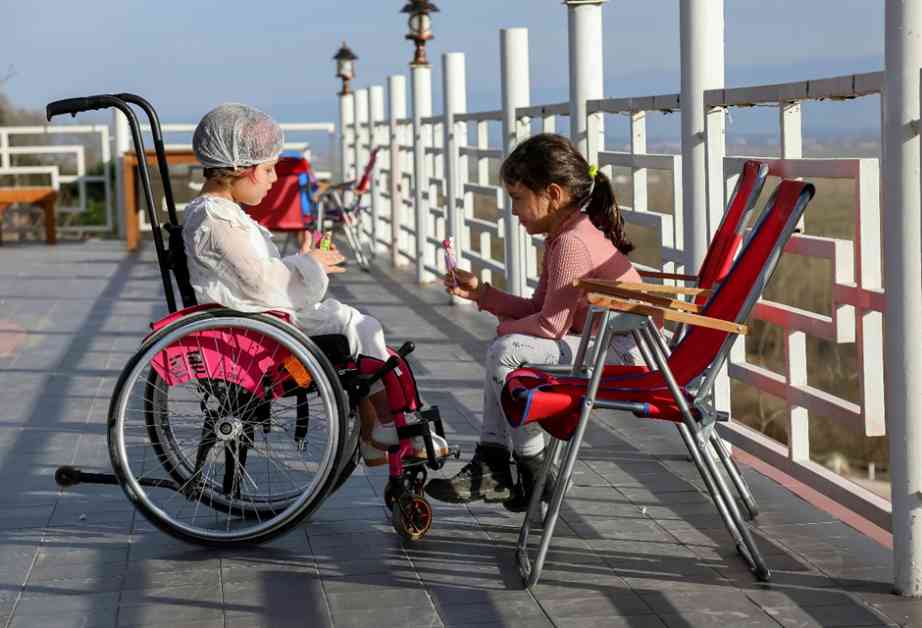Erb’s Palsy: A Complex Condition Stemming from Medical Negligence
Erb’s palsy, a condition affecting arm and shoulder control, often develops due to medical negligence during childbirth. Understanding the causes of Erb’s palsy and how to navigate a lawsuit can empower parents in this challenging situation. Here are actionable steps for families navigating this diagnosis.
Common Scenarios of Negligence During Delivery
The process of delivering a child requires specific planning and proper execution. Providers who fail to take suitable actions may cause complications and the onset of Erb’s palsy. Shoulder dystocia, which occurs when the baby’s shoulder stays behind the pelvic bone, is the main factor resulting in such injuries. Forceps and vacuum extractors used improperly during birth intensify the risk for Erb’s palsy, especially when healthcare providers fail to consider the positional or dimensional factor of the fetus.
Delivery complications also become more likely when medical professionals fail to identify risk factors such as maternal diabetes and abnormally large fetal dimensions. The failure to recommend a necessary cesarean section exposes infant nerve tissue to excessive pressure during birth, which can result in nerve damage.
Delays in decision-making and insufficient proactive care during labor increase maternal-fetal risks. Practitioners who fail to assess risks properly and demonstrate poor judgment can cause preventable injuries, leading to cases of Erb’s palsy.
Proving Medical Malpractice: Evidence and Expertise
Parents who want to develop a medical negligence case after the child gets Erb’s palsy need to collect detailed evidence. Medical malpractice claims depend on demonstrating that treatment-related injuries directly result from healthcare provider behavior.
Medical records serve as essential evidence because they display information about the factors discovered during risk assessment and the delivery protocol procedures. These documents help show the crucial choices medical staff made during birth and the safety measures they neglected to use.
Statements from nurses and medical staff present during delivery can support negligence claims. Expert testimony is crucial in establishing malpractice, as obstetricians and neonatologists review records to identify breaches in care.
Specialists may show that alternative methods could have prevented the injury. Combining medical evidence with expert analysis provides a strong basis for proving avoidable errors caused by the injury rather than an unavoidable complication. Given the complexity of Erb’s palsy lawsuits, families should seek experienced legal professionals to navigate the process effectively.
Legal Recourse and Compensation for Families
Seeking legal recourse can help families with Erb’s palsy reduce their expenses for ongoing medical treatment. Medical malpractice legal actions enable families to hold doctors accountable for their misconduct.
Proving medical negligence allows healthcare providers to be held responsible for compensating patients with expenses related to surgeries, physical therapy, specialized equipment, and future medical care costs. The family of a birth-injured child may also lawfully seek recovery of damages such as pain and suffering and emotional distress.
A qualified lawyer specializing in birth injuries is essential for families who need legal guidance. These professionals support families experiencing devastating emotional impacts. They thoroughly evaluate settlement options and trial proceedings to secure the most significant compensation for long-term child healthcare needs.
Medical negligence during childbirth can lead to serious outcomes, resulting in the development of Erb’s palsy injuries. Each family facing this challenging situation should understand the typical causes of negligence, the solid evidence requirements, and the expert assessments needed while learning about the legal routes available. Seeking professional legal advice as soon as possible should be a priority when your child’s delivery injury occurs because of an avoidable complication.
David M. Higgins II is an award-winning journalist passionate about uncovering the truth and telling compelling stories. Born in Baltimore and raised in Southern Maryland, he has lived in several East…

















